How to Make a Flower Arrangement: Step-by-Step Guide to Creating Beautiful Floral Displays
Flower arrangements are a great way to add color and beauty to any space. Whether you are looking to create a centerpiece for a special occasion or simply want to brighten up your home, making a flower arrangement can be a fun and rewarding activity.
As a professional florist with years of experience, I have created countless flower arrangements for weddings, parties, and other events. Along the way, I have learned a few tips and tricks that can help anyone create stunning floral displays.
Choosing the Right Flowers
The first step in creating a flower arrangement is to choose the right flowers. Consider the occasion, the color scheme, and the style of the space where the arrangement will be displayed. Some popular flowers for arrangements include roses, lilies, hydrangeas, and peonies.
Gathering the Right Tools
Before starting your flower arrangement, it’s important to gather all the necessary tools. These may include floral foam, scissors, floral tape, wire, and a vase or container.
Arranging the Flowers
Once you have your flowers and tools, it’s time to start arranging! Begin by preparing your vase or container, then add your floral foam. From there, you can start adding your flowers in a strategic and aesthetically pleasing way.
In this step-by-step guide, I will take you through the process of creating a beautiful flower arrangement that will impress your guests and brighten up your space.
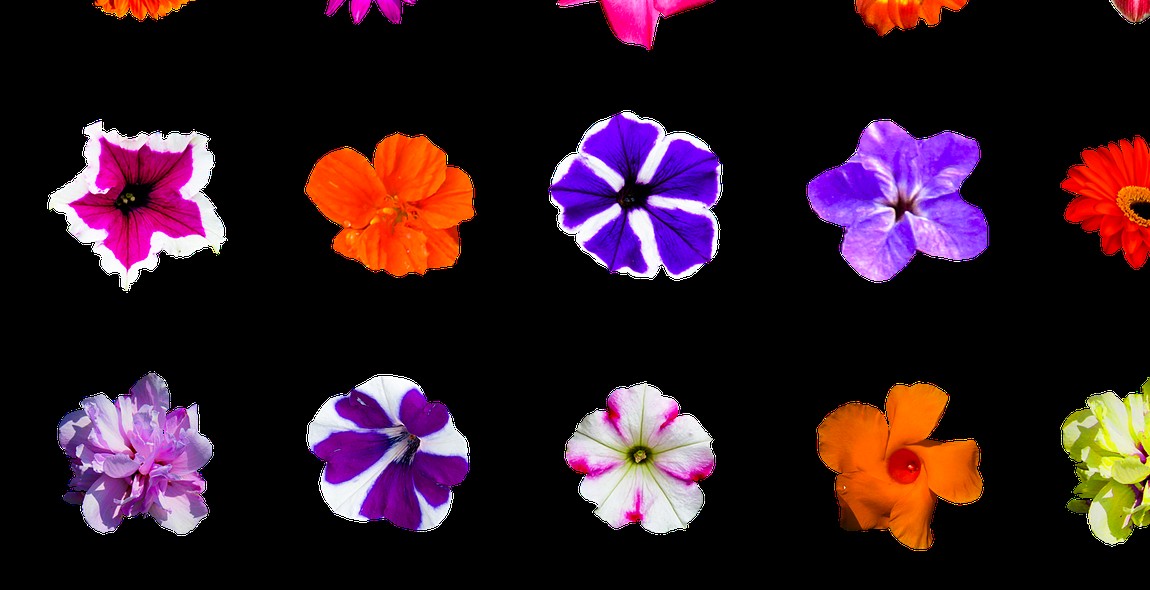
Choosing Your Flowers
When it comes to making a flower arrangement, choosing the right flowers is crucial. Here are some tips to help you pick the perfect blooms for your arrangement:
Consider the Occasion
The occasion for which you are making the flower arrangement will dictate the type of flowers you choose. For example, if you are making an arrangement for a wedding, you may want to choose traditional wedding flowers such as roses, lilies, and hydrangeas. On the other hand, if you are making an arrangement for a birthday, you may want to choose bright and cheerful flowers such as daisies, sunflowers, and tulips.
Pick a Color Scheme
Another important factor to consider when choosing your flowers is the color scheme. You want to make sure the colors of your flowers complement each other and the overall theme of the occasion. For example, if the occasion has a specific color scheme, you may want to choose flowers in those colors. Alternatively, you can choose complementary colors, such as pairing purple flowers with yellow flowers for a bold and eye-catching arrangement.
Here’s a quick guide to some popular flower colors and the emotions they represent:
| Color | Emotion |
|---|---|
| Red | Love, passion, and courage |
| Pink | Gratitude, admiration, and joy |
| Yellow | Happiness, friendship, and optimism |
| Orange | Energy, enthusiasm, and excitement |
| Purple | Royalty, luxury, and creativity |
| White | Purity, innocence, and sympathy |
By considering the occasion and picking a color scheme, you can create a beautiful and meaningful flower arrangement that will be sure to impress.
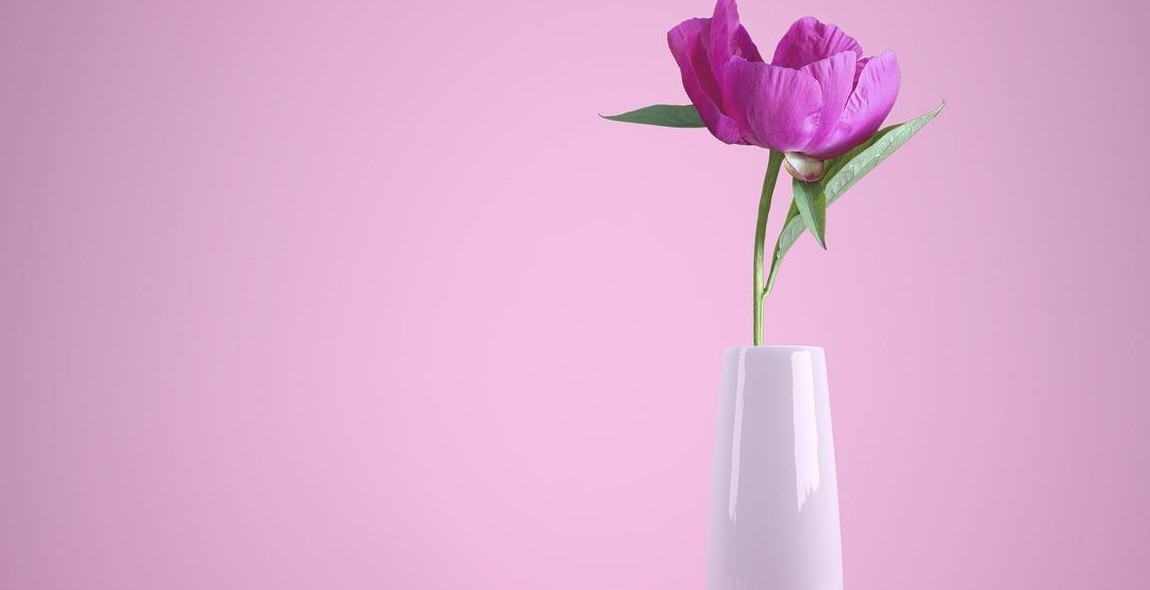
Selecting Your Vase or Container
When it comes to creating a beautiful floral arrangement, selecting the right vase or container is crucial. Here are some things to consider:
Size Matters
The size of your vase or container is important to consider when choosing your flowers. A smaller vase will require fewer flowers, while a larger vase will require more. Additionally, the size of your vase should be proportionate to the size of the space where it will be displayed. A tiny vase will get lost in a large room, while a large vase may overwhelm a small table.
Consider the Shape and Style
The shape of your vase or container will also affect the overall look of your arrangement. If you’re going for a modern look, a sleek and simple vase may be the way to go. If you’re aiming for a more rustic feel, a mason jar or vintage pitcher could be the perfect choice. Additionally, consider the style of the flowers you’ll be using. A tall, narrow vase may be best for long-stemmed flowers, while a wider, more shallow vase may be better suited for fuller blooms.
| Pros | Cons |
|---|---|
| Clear glass vases are versatile and allow the beauty of the flowers to shine through. | Clear glass vases can be easily broken and may not be the best choice for households with pets or young children. |
| Ceramic or pottery vases come in a variety of colors and textures, adding interest to your arrangement. | These vases can be heavier and more difficult to move or transport. |
| Metal or wire vases can add a unique and industrial touch to your arrangement. | These vases may not be suitable for all styles of flowers and may not be as versatile as other materials. |
Overall, the vase or container you choose should complement your flowers and enhance the overall look and feel of your arrangement.
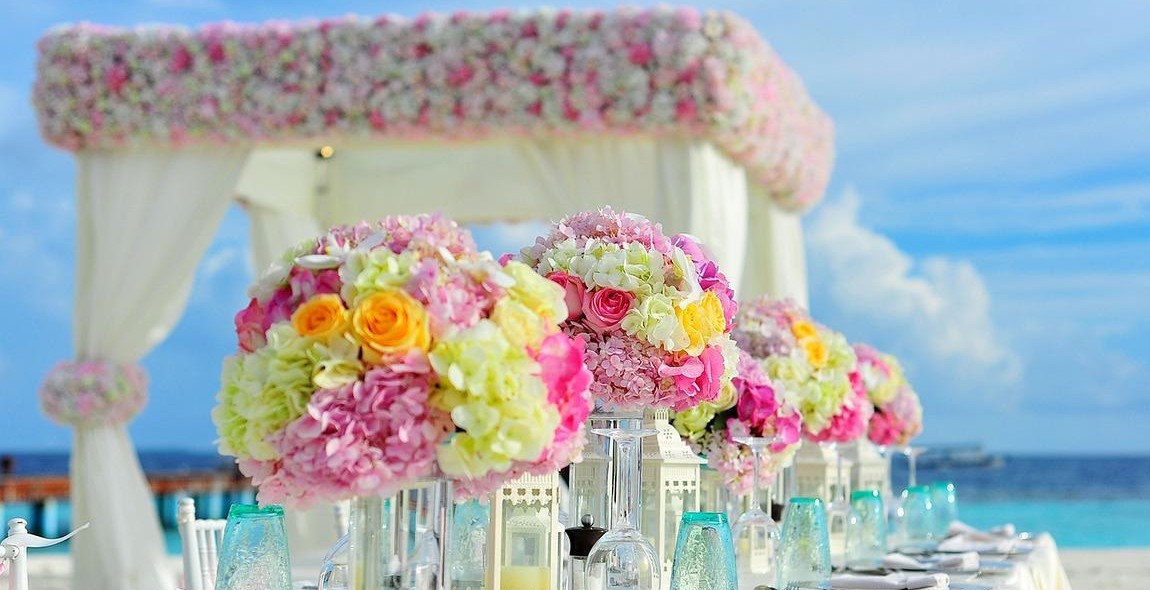
Preparing Your Flowers
Before beginning your flower arrangement, it is important to properly prepare your flowers. This step is essential to ensure that your flowers last as long as possible and that your arrangement looks its best.
Remove Any Foliage
The first step in preparing your flowers is to remove any foliage that will be below the waterline in your vase. This will help prevent bacteria growth in the water and keep your flowers healthy. Use a sharp pair of scissors or pruning shears to remove the leaves and stems.
Cut the Stems at an Angle
Next, it is important to cut the stems of your flowers at an angle. This will increase the surface area of the stem and allow your flowers to absorb more water. Use a sharp pair of scissors or pruning shears to make a clean cut at a 45-degree angle.
It is important to avoid crushing the stem as this can damage the vascular system of the plant and prevent it from absorbing water properly. Additionally, avoid using dull scissors or shears as they can crush the stem and damage the flower.
By following these simple steps, you can ensure that your flowers are properly prepared for your arrangement and will last as long as possible.
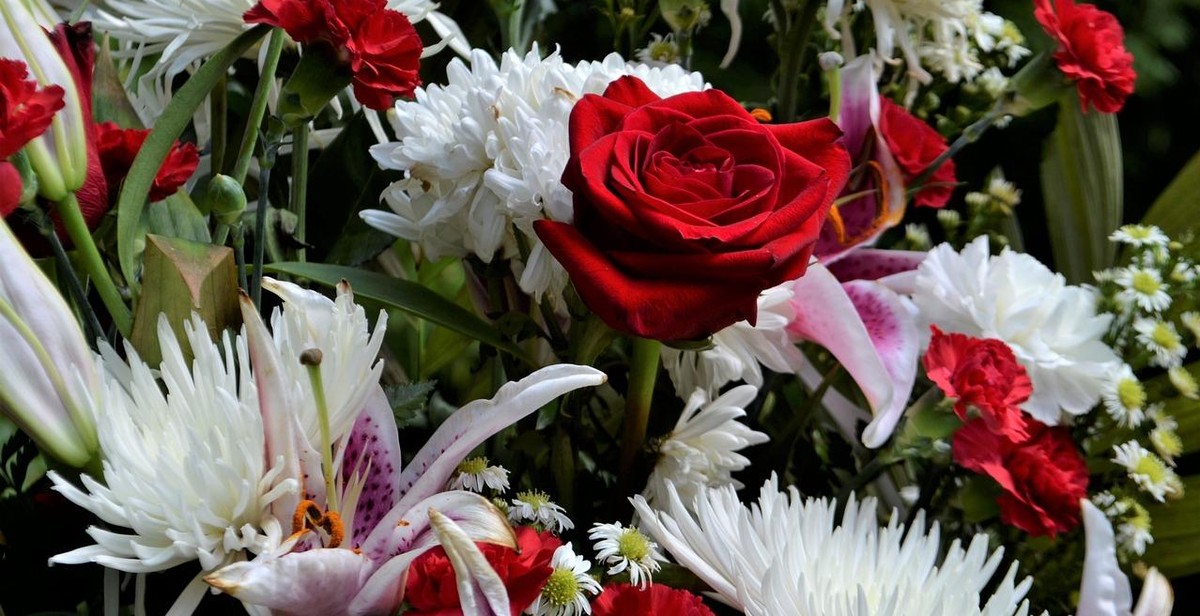
Creating Your Arrangement
Now that you have gathered your materials, it’s time to start creating your flower arrangement. Follow these steps for a beautiful and balanced display:
1. Start with the Focal Point
Choose your focal point flower, which will be the star of your arrangement. This should be a larger or more eye-catching flower, such as a rose or sunflower. Place this flower in the center of your vase or container.
2. Add in the Secondary Flowers
Choose your secondary flowers, which will complement your focal point flower. These should be smaller and more delicate flowers, such as daisies or baby’s breath. Place these flowers around the focal point, creating a circle or oval shape.
3. Fill in the Gaps with Filler Flowers
Choose your filler flowers, which will fill in any gaps and add texture to your arrangement. These can be smaller flowers or greenery, such as ferns or hydrangeas. Place these flowers throughout the arrangement, focusing on areas that need more volume or balance.
4. Add in the Greenery
Choose your greenery, which will add depth and dimension to your arrangement. Use different types of leaves or branches, such as eucalyptus or ivy. Place these throughout the arrangement, focusing on areas that need more foliage or height.
Remember to step back and adjust your arrangement as needed, making sure it looks balanced and visually appealing from all angles.
 |
 |
Final Touches
Now that you have arranged your flowers, it’s time for the final touches to make your display look perfect. Here’s what you need to do:
Trim and Adjust as Needed
Take a step back and look at your arrangement from different angles. Are there any stems that are too long or too short? Are there any flowers that are hiding behind others? Use a pair of sharp scissors or pruning shears to trim any stems that are too long. You can also adjust the height of your flowers by gently pulling them up or pushing them down. Don’t be afraid to move things around until you are happy with the overall look of your arrangement.
Add Water and Flower Food
Once you are satisfied with the arrangement, it’s time to add water and flower food. Fill a clean vase with fresh, room temperature water. If you have flower food, add it to the water according to the instructions on the packet. Flower food contains nutrients that help extend the life of your flowers. Be sure to change the water and add fresh flower food every few days to keep your arrangement looking fresh and vibrant.
With these final touches, your flower arrangement is complete! Whether you are making a bouquet for a special occasion or just brightening up your home, these tips will help you create a beautiful floral display that will bring joy and beauty to any space.
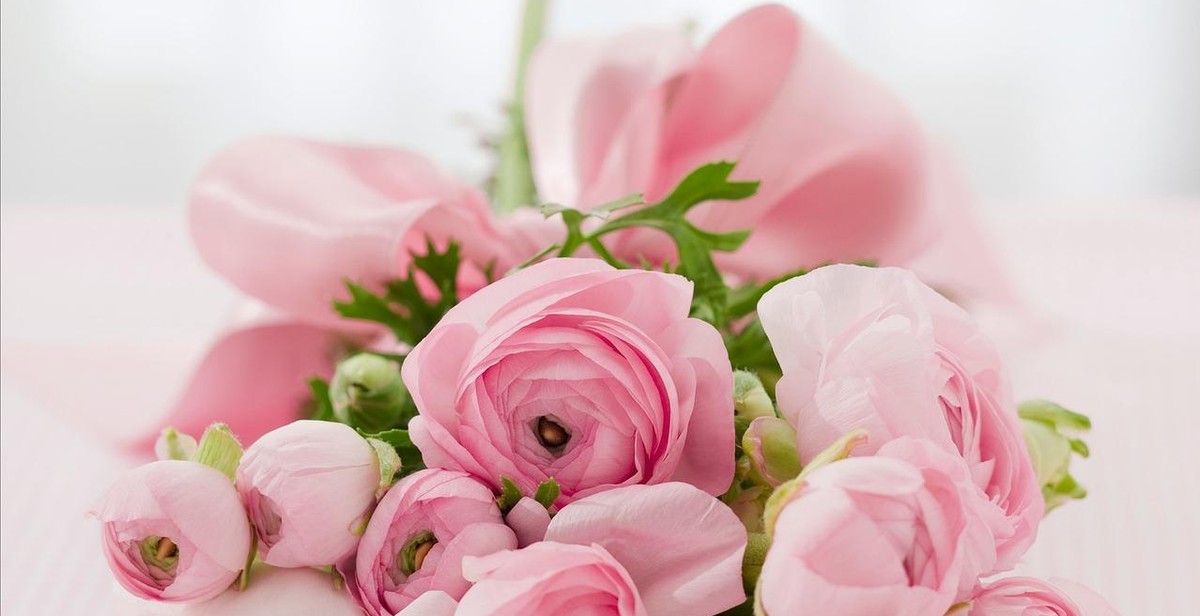
Conclusion
Creating a beautiful flower arrangement is a rewarding and enjoyable experience. By following the step-by-step guide outlined in this article, you can create stunning floral displays that will impress your guests and brighten up any room in your home.
Remember to choose the right flowers for your arrangement based on their shape, size, and color. Use foliage to add texture and depth to your display, and don’t be afraid to experiment with different combinations until you find the perfect balance.
When arranging your flowers, keep in mind the principles of design, such as balance, proportion, and harmony. Use containers that complement your flowers and enhance the overall look of your arrangement.
With practice, you’ll become more confident in your ability to create beautiful floral displays. Don’t be afraid to try new things and experiment with different techniques and styles.
Finally, remember that the most important part of creating a flower arrangement is to have fun and enjoy the process. Whether you’re creating a simple bouquet for your kitchen table or a grand centerpiece for a special event, let your creativity shine through and have fun with it!
| Key Takeaways: |
| 1. Choose the right flowers based on their shape, size, and color. |
| 2. Use foliage to add texture and depth to your display. |
| 3. Keep in mind the principles of design when arranging your flowers. |
| 4. Use containers that complement your flowers and enhance the overall look of your arrangement. |
| 5. Have fun and enjoy the process! |
